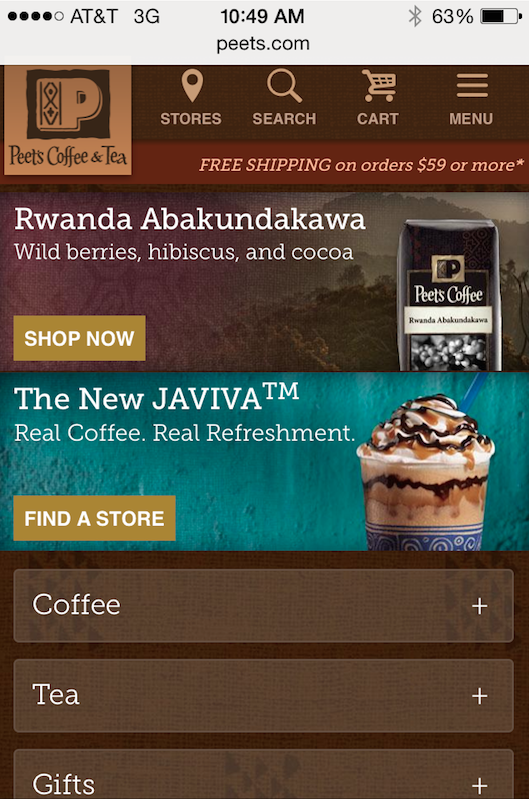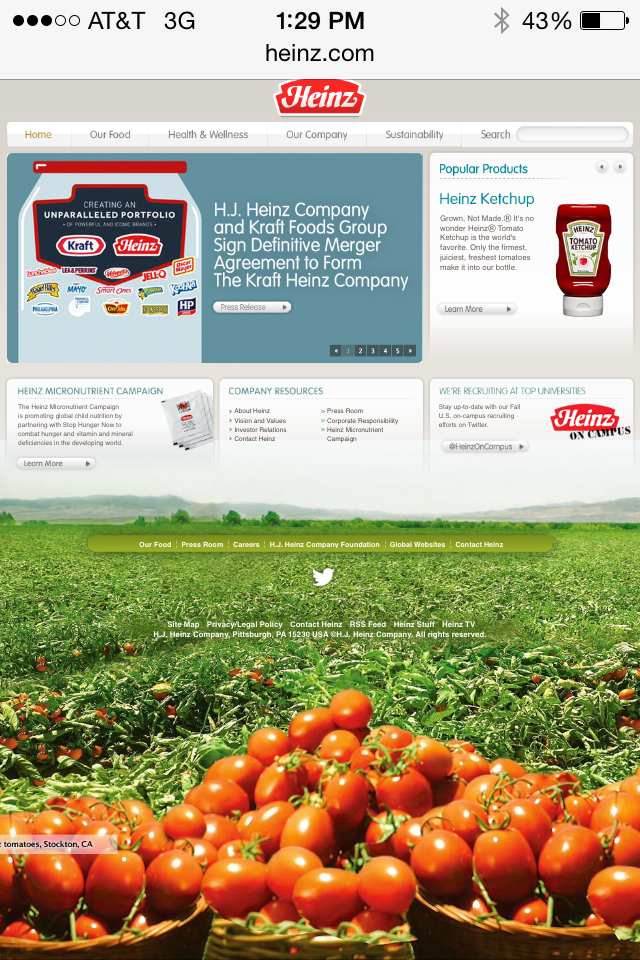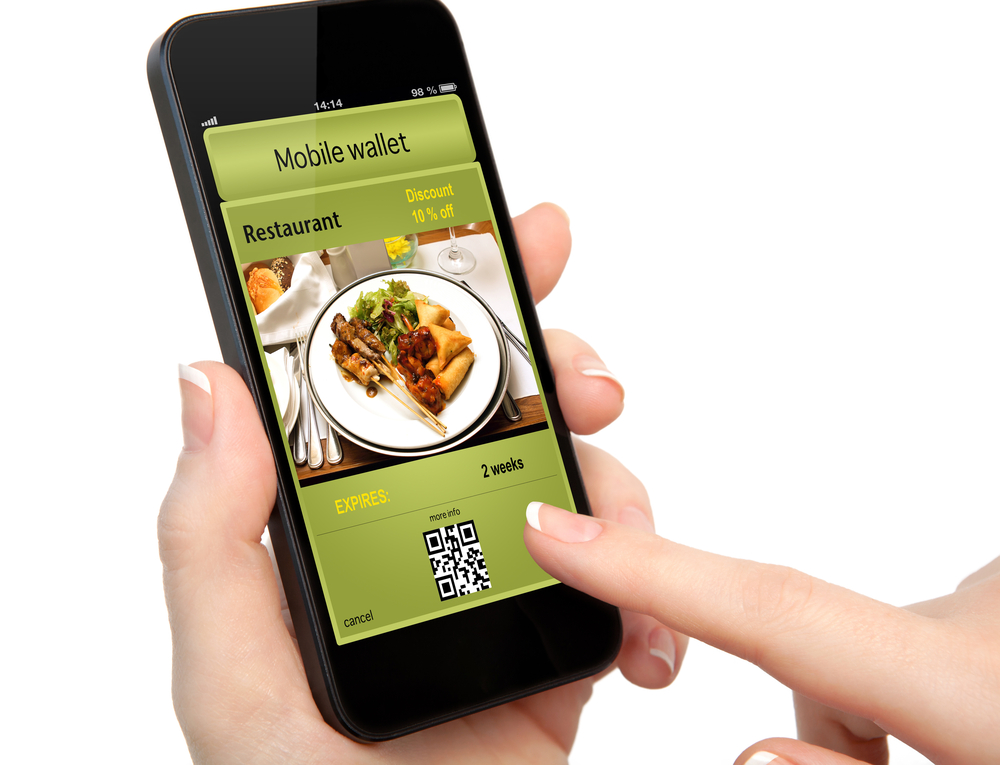Over the past decade, faster computers and widespread access to high speed internet have made omnichannel access possible in a way that we’ve never seen before in human history. But despite all of the hype we give to mobile and social channels, the humble email is still one of the most effective and reliable channels for marketers to speak with their customers. Here are a few reasons why.
1) Email is your passport to the rest of the Internet.
Especially for younger generations, email has supplanted direct mail by being faster, cheaper to produce, and more accessible on the go. So by that logic, you would think that mobile and social channels should replace email, right?
Well, not really. The thing about email is that it’s an indispensible “passport” to the Internet. Customers need one to pay for things, subscribe to services, and sign up for websites – social media sites still require one, and so do their apps. Email’s still here, and according to The Direct Marketing Association, has an ROI of about $39 for every $1 spent.
2) Email isn’t just about advertising: it’s about getting information.
Email metrics are more sophisticated than ever, meaning that in addition to being a cost-effective way to market new services and products to your customers, your emails can be a source of valuable information about your brand, market, and channels.
Using an email tracker like Nectar Clickstream can give you a huge amount of actionable data. You can learn when customers are more receptive to emails, what kind of marketing they respond to, and which channels (PC, laptop, mobile? Other?) they’re more likely to use to access your brand.
3) Email is a bridge between new channels.
Continuing from that last point: old-school digital marketers cut their teeth on email by using it as a means of direct advertising.
In the Omnichannel Era, it’s equally as important for email to be used to continue the conversation that customers have with your brand on other channels, such as through your app, ecommerce website, or storefront.
 “Personalizing” doesn’t have to mean becoming a customer’s best friend: it’s just about being there at the right place at the right time. For some people, you have to understand that there’s just no appropriate time for direct advertising ever – instead, you’ll have to be more creative with what content you deliver, making sure that its context and timing will be received well by the customer.
“Personalizing” doesn’t have to mean becoming a customer’s best friend: it’s just about being there at the right place at the right time. For some people, you have to understand that there’s just no appropriate time for direct advertising ever – instead, you’ll have to be more creative with what content you deliver, making sure that its context and timing will be received well by the customer.
Though the field of digital marketing is more sophisticated than it did ten years ago, email is still a legitimate, high-ROI tool for advertisers looking to connect with their customers. Make no mistake: though technology will continue to change the face of branding, the creativity, ingenuity, and adaptability required by great marketers will never go out of style.


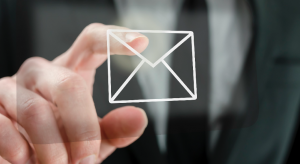

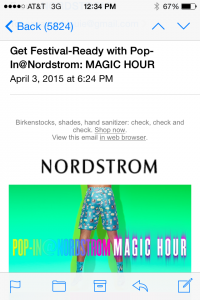 Most companies send out emails first thing in the morning – and for good reason.
Most companies send out emails first thing in the morning – and for good reason.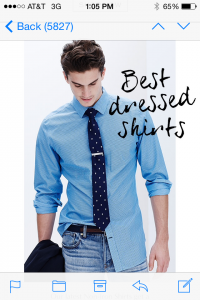

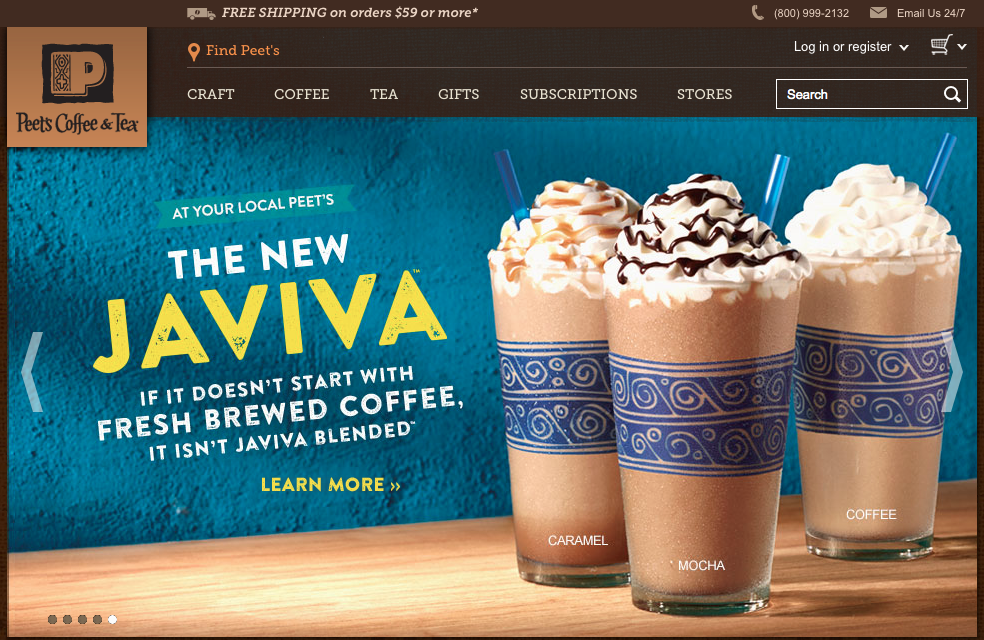 Mobile-specific: Mobile specific configuration can look significantly different from a website viewed on a computer. Oftentimes, these sites utilize less text, larger links, and resizing features to make the mobile commerce experience easy for users. Mobile-specific sites usually use “m” as their subdomain. For example, Peet’s Coffee and Tea
Mobile-specific: Mobile specific configuration can look significantly different from a website viewed on a computer. Oftentimes, these sites utilize less text, larger links, and resizing features to make the mobile commerce experience easy for users. Mobile-specific sites usually use “m” as their subdomain. For example, Peet’s Coffee and Tea